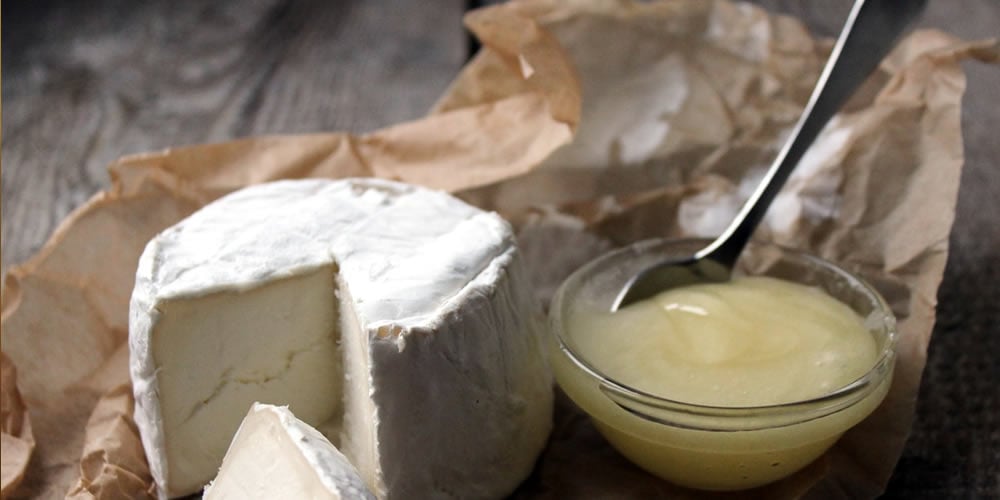Scientists in America have developed a new way of delivering insulin for patients with insulin-dependent diabetes.
Created by North Carolina State University researchers, the new drug delivery method for diabetes treatment involves an injectable sponge-like material surrounding an insulin core. The insulin is automatically released by the sponge in response to rising blood sugar levels.
The tiny (250 micrometers wide) sponge matrix is made from chitosa, a material found in the exoskeletons of shrimp and crab shells. The surface contains many tiny pores along with nanocapsules containing a substance called glucose oxidase, and the matrix surrounds an insulin-filled reservoir.
When blood sugar levels rise, glucose reacts with the nanocapsules causing them to release hydrogen ions. These ions bind to the molecular strands of the chitosan sponge, creating positive charges that push the strands away from each other. The gaps in the sponge’s pores widen and insulin is released into the bloodstream.
Once the insulin is released, the body’s glucose levels begin to drop, causing the chitosan strands to lose their positive charge and move closer together. This shrinks the size of the pores, trapping the remaining insulin inside the sponge.
The scientists said that during laboratory tests involving diabetic mice, the sponge matrix was effective at reducing blood sugar in the bloodstream for 48 hours.
They added that this technique “also holds promise for smart drug delivery targeting cancer or other diseases.”
Dr. Zhen Gu, lead author of a paper describing the work, said: “We learned a lot from the promising ‘sponge’ research and will further optimize it. Meanwhile, we are already exploring applications to combat cancer.”
The research was published in the online journal ACS Nano.
What's new on the forum? ⭐️
Get our free newsletters
Stay up to date with the latest news, research and breakthroughs.





